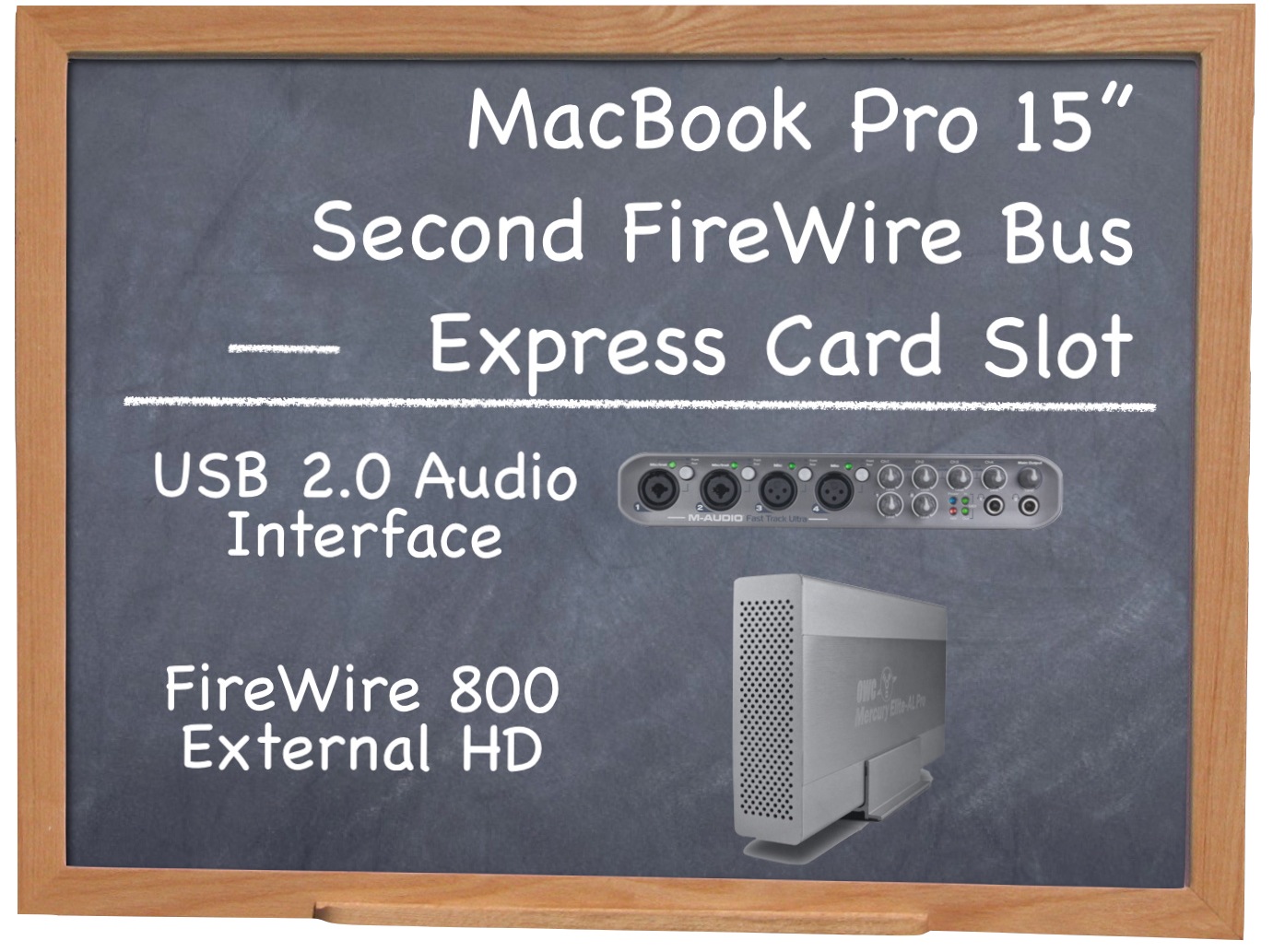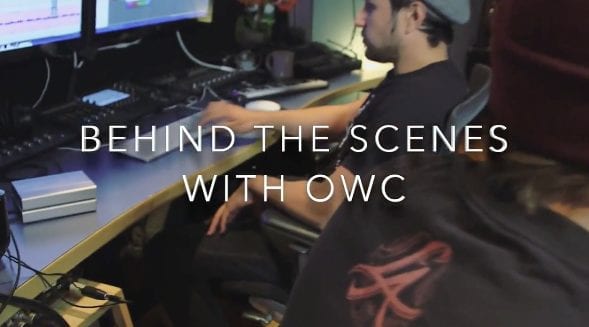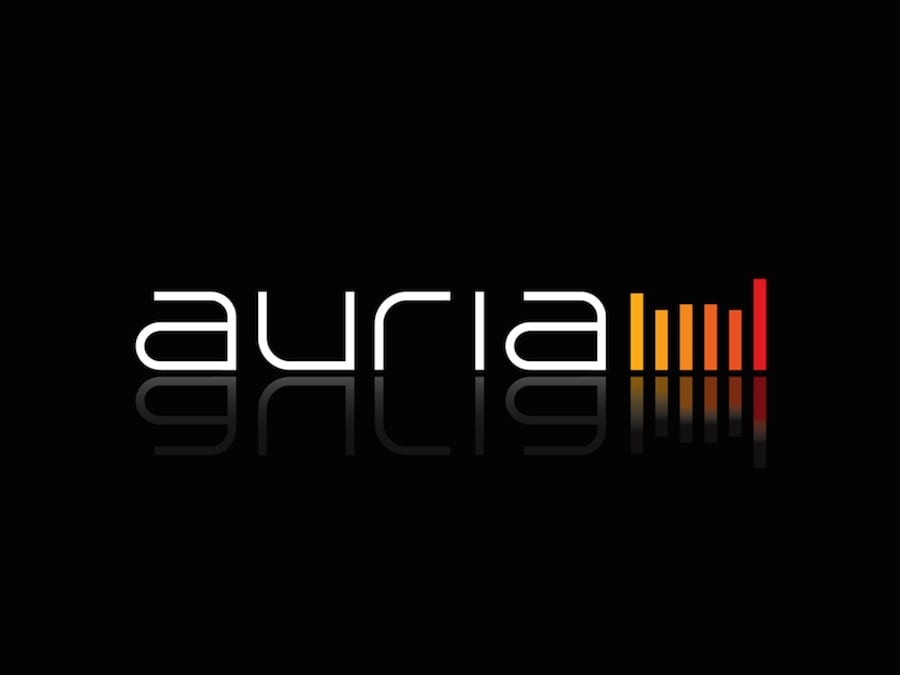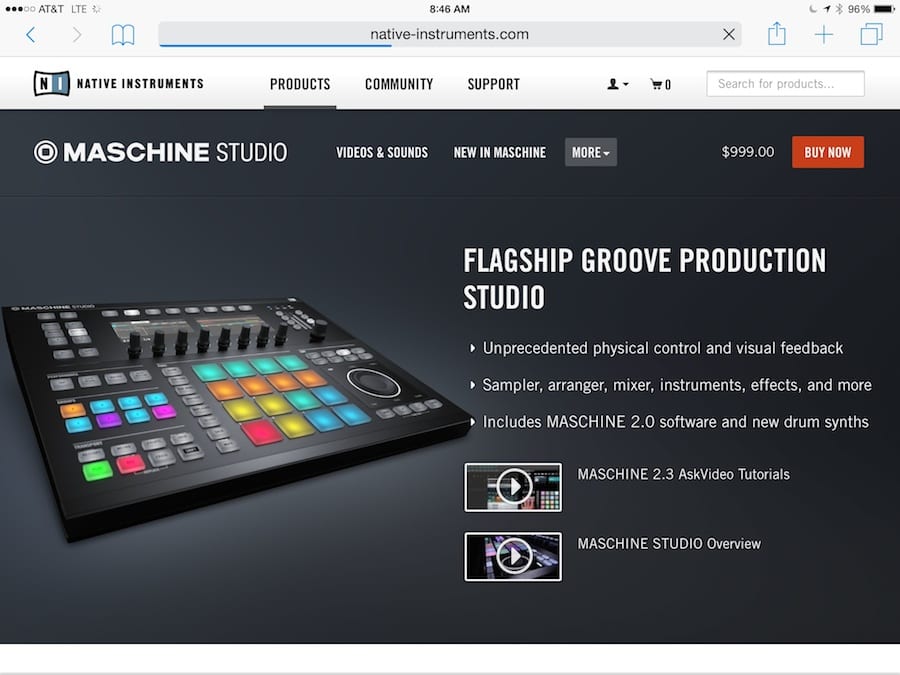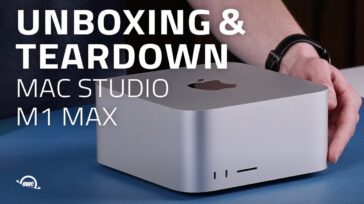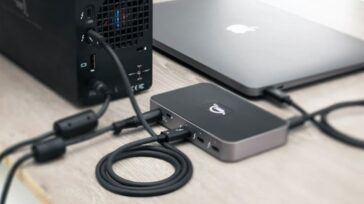Can’t always get what you want…
In an earlier post, we discussed the removal of the ExpressCard/34 slot from the 15″ MacBook Pro and the implications of that loss:https://eshop.macsales.com/blog/1391-apple-giveth-apple-taketh-away
As music production becomes more commonplace outside of the studio walls, musicians have become more and more dependent on the power and portability of the notebook. It’s this need for a high performance machine that has made the MacBook Pro a staple for creative professionals. Up until recently, increased features have been packed into these machines. However, it seems that some of the features we’ve all come to know and love have been taken away from the most recent additions of the MBP product line -namely the second FireWire bus and expansion capabilities of the ExpressCard slot. So, before we start crying “the sky is falling,” we need to answer three very important questions:
- What have we lost?
- What do we need?
- What do we have?
We’ve lost expandability, we need sufficient bandwidth for our work flow, and we DO in fact have just that.
…but if you try sometimes…
All we have to do is re-assess our storage and interface requirements. When recording music, you have to remember that audio data is substantially smaller than video. Therefore, the bandwidth provided by FireWire 400 or USB 2.0 speeds is more than sufficient for most. So what’s the bottom line? You have two practical configurations for your new 15″ MacBook Pro:
- USB 2.0 Audio Interface and FW 800 (or 400) External HD
- FireWire 400 Audio Interface and FireWire 400 External HD (daisy chained)
…you get what you need.
In looking at the two configurations above, there is a method to the madness. Option #1 gives you more bandwidth for your external hard drive, which can be useful for projects utilizing MIDI & virtual instrument libraries that require more resources for disk streaming. Being a musician myself, I completely understand the hesitation involved when “USB” is mentioned. In the past, USB has always been considered “the slow interface.” It’s because of this that I will mention that the new MBP’s have been bench-marked having much higher “real world” throughput than earlier models. Therefore, you will see little to no performance loss when using a USB audio interface as opposed to FireWire. So, you can think of Option #1 as your “MIDI Workstation” scenario.
Option #2 allows you to still keep a useful FW400 speed for your external HD, while using a FW400 audio interface (note: when daisy chaining a FW400 device with a FW800 device, both devices will be functioning at a FW400 speed). Currently, most audio interfaces that utilize a FireWire connection are FW400 so you’re not losing any performance on that end. The benefit of these interfaces are that they are typically built to handle more simultaneous audio input for multi-tracking than their USB counterparts. You can think of Option #2 as your “portable live audio recording scenario.”
This takes care of our USB and FireWire issues, but what about the loss of other potential ExpressCard expansions? Some companies have developed ExpressCard upgrades for audio professionals that use their laptops in a production setting. Are these upgrades and expansions worthless now? Absolutely not! However, if you need to utilize these professional additions you’ll need to purchase the new 17″ MacBook Pro which still provides the user with an ExpressCard slot. For those of you that don’t want to lug a monstrous 17″ notebook around, your only other alternative is to purchase an earlier version of the MacBook Pro which are still incredibly viable machines for audio/music professionals.
Mr. Jobs and the gang threw us quite a curve ball with this recent feature loss, but have no fear! OWC is here to light the way through these murky waters of change to help you audio professionals get the most out of your hardware. You can still make music without an ExpressCard!
